Executive Summary: Rigs: The total US rig count decreased 6 rigs W-o-W to 582 for the March 24 week, down from 588. Infrastructure: Enterprise Products (EPD) has scored a key legal win for its Sea Port Oil Terminal (SPOT), moving the crude oil export project closer to a final decision. Storage: East Daley expects an injection of 1.645 MMbbl in commercial and Strategic Petroleum Reserve (SPR) inventories for the week ending April 5.
Rigs:
The total US rig count decreased 6 rigs W-o-W to 582 for the March 24 week, down from 588. Liquids-driven basins accounted for most of the changes with the Anadarko, Bakken and Uinta each losing 1 rig W-o-W. The Permian Basin lost 3 rigs W-o-W, with the Delaware losing 2 rigs and the Midland dropping 1 rig.
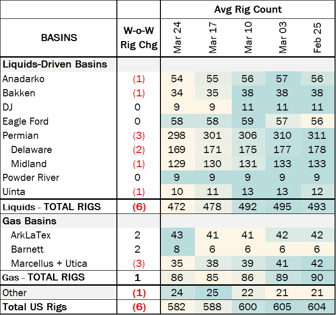
In the Midland, Pioneer Natural Resources dropped 1 rig from its program, moving to 20 from 21 rigs. In the Delaware, Marathon and Exxon both shed 1 rig, down to 2 and 8 rigs respectively. Other operators who dropped a rig W-o-W include Mack Energy (Anadarko), Continental Resources (Bakken), and XCL Resources (Uinta).
Infrastructure:
Enterprise Products (EPD) has scored a key legal win for its Sea Port Oil Terminal (SPOT), moving the crude oil export project closer to a final decision.
Last Thursday (April 4), a US appeals court upheld a federal review of the SPOT deepwater project. Despite objections from environmental groups like the Sierra Club, the Fifth Circuit Court of Appeals ruled the US Maritime Administration had adequately considered environmental consequences in its review.
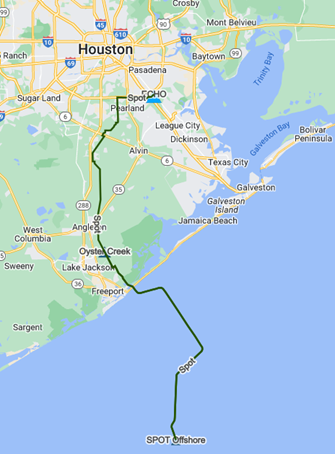
Proposed 30 miles offshore Freeport, TX, SPOT would help connect growing US crude oil production to global demand. East Daley’s Production Scenario Tools forecast US crude oil production to jump ~954 Mb/d over the next five years.
SPOT is planned in water depths of 115- feet, allowing the terminal to moor two Very Large Crude Carriers (VLCCs) with two single-point mooring buoys. Access for VLCCs would eliminate the need for reverse-lightering and create economies of scale, lowering transport costs. SPOT will be able to fully load one VLCC per day (85 Mb/h, 2 MMb/d).
As crude oil pipelines from the Permian to Corpus Christi near full utilization, more oil will be steered toward Houston-area export terminals like SPOT, according to EDA’s Crude Hub Model. Crude oil to SPOT would flow on twin 36-inch pipelines from Enterprise’s ECHO Terminal, located southeast of Houston (8.4 MMbbl of capacity), and the proposed Oyster Creek Terminal north of Freeport (planned capacity of 4.8MMbbl).
Under attack from environmental groups, EPD counters that SPOT would improve environmental performance amid the boom in US crude oil exports. By eliminating reverse-lightering and leveraging the economies of scale of VLCCs, EPD Co-CEO Jim Teague claims SPOT would reduce emissions associated with oil transport, including a 95% reduction in vapor emissions and a 65% reduction in greenhouse gas emissions.
Enterprise achieved a record of decision on SPOT late last year. However, a license for the project and a final investment decision (FID) are still pending. If EPD ever gives the green light, East Daley expects SPOT would quickly ramp to full utilization given the expected growth in US crude oil production.
Storage:
East Daley expects an injection of 1.645 MMbbl in commercial and Strategic Petroleum Reserve (SPR) inventories for the week ending April 5. We expect total US stocks, including the SPR, will close at 816.703 MMbbl.
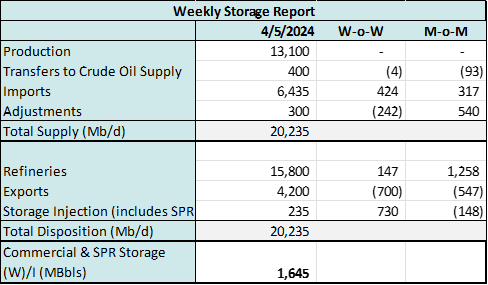
The US natural gas pipeline sample, a proxy for change in oil production, fell ~0.65% W-o-W across all liquids-focused basins. Samples increased 0.56% in the Rockies and 0.59% in the Eagle Ford. The declines were offset by a 0.68% decrease in the Permian. We expect US crude production to remain flat at 13.1 MMb/d.
According to US bill of lading data, US crude imports decreased by 243 Mb/d W-o-W to 6.4 MMb/d. More than 60% of the supply originated from Canadian pipelines into the US, with the remainder largely coming from ships carrying crude from Argentina and the United Kingdom.
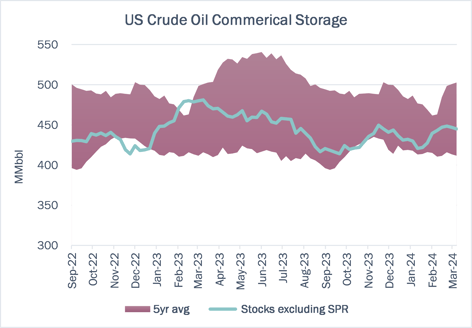
As of April 5, there was ~773 Mb/d of refining capacity offline, including downtime for planned and unplanned maintenance. EDA expects gross crude inputs into refineries to decrease by ~97 Mb/d W-o-W, coming in at 15.8 MMb/d.
Vessel traffic monitored by EDA along the Gulf Coast decreased W-o-W. There were 18 vessels loaded for the week ending April 5 and 28 the prior week. EDA expects US exports to be 4.2 MMb/d.
The SPR awarded contracts for 3.2 MMbbl to be delivered in April 2024. The SPR has 364.341 MMbbl in storage as of April 5, 2024.
Regulatory and Tariffs
Presented by ARBO
Tariffs:
Marketlink, LLC The temporary volume incentive rates were decreased and extended through April 30, 2024. (FERC No 3.23.3 IS24- 238, filed March 28, 2024)
TransCanada Keystone The temporary discounted rates were extended through May 31, 2024. (FERC No. 6.97.0 IS24- 240, filed March 28, 2024
The above information is provided by ARBO’s Oil Pipeline Tariff Monitor. For more information on regulatory proceedings or tariff rates, please contact please contact Corey Brill via email at corey@goarbo.com or phone at 202-505-5296. https://www.goarbo.com



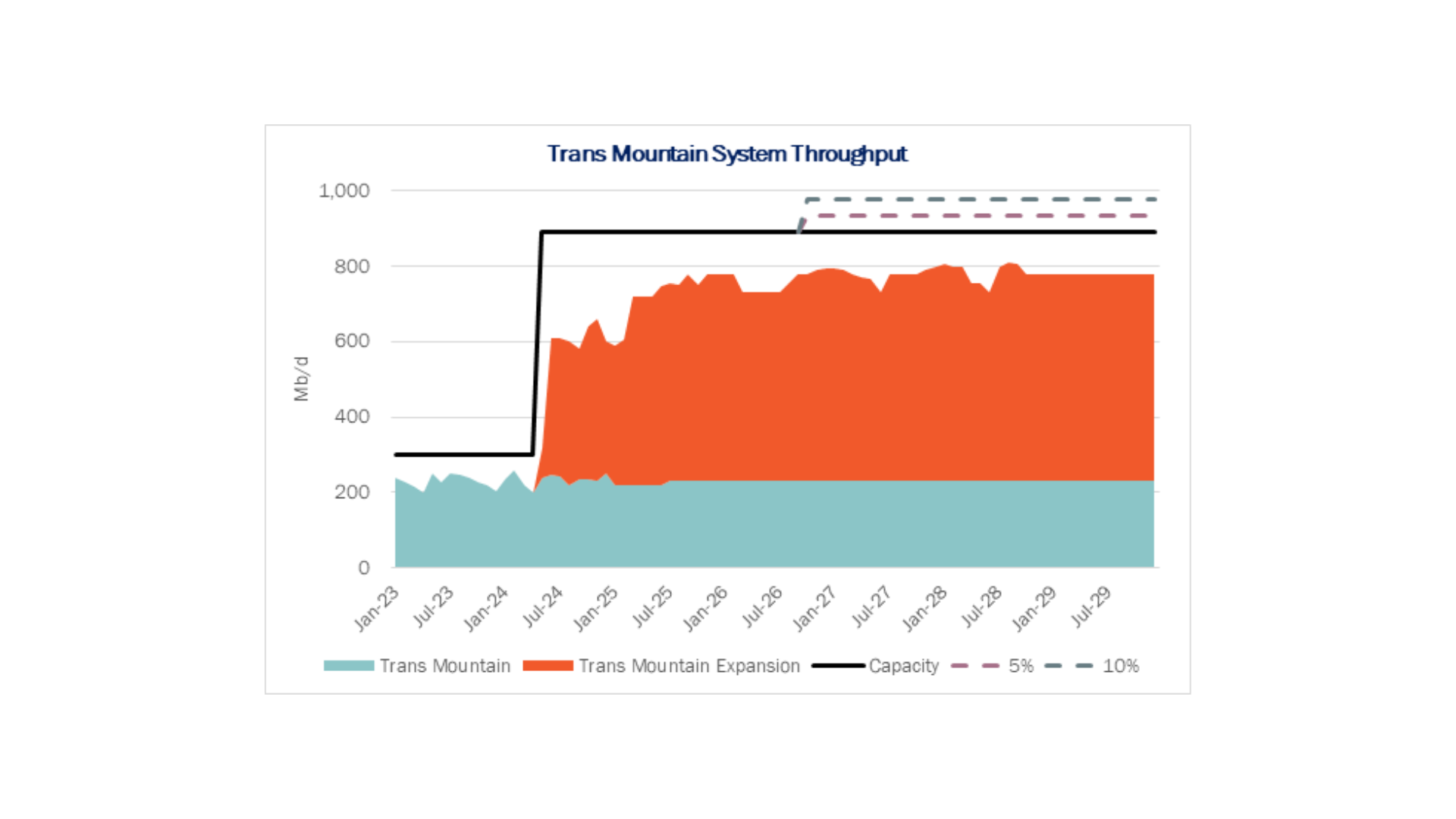
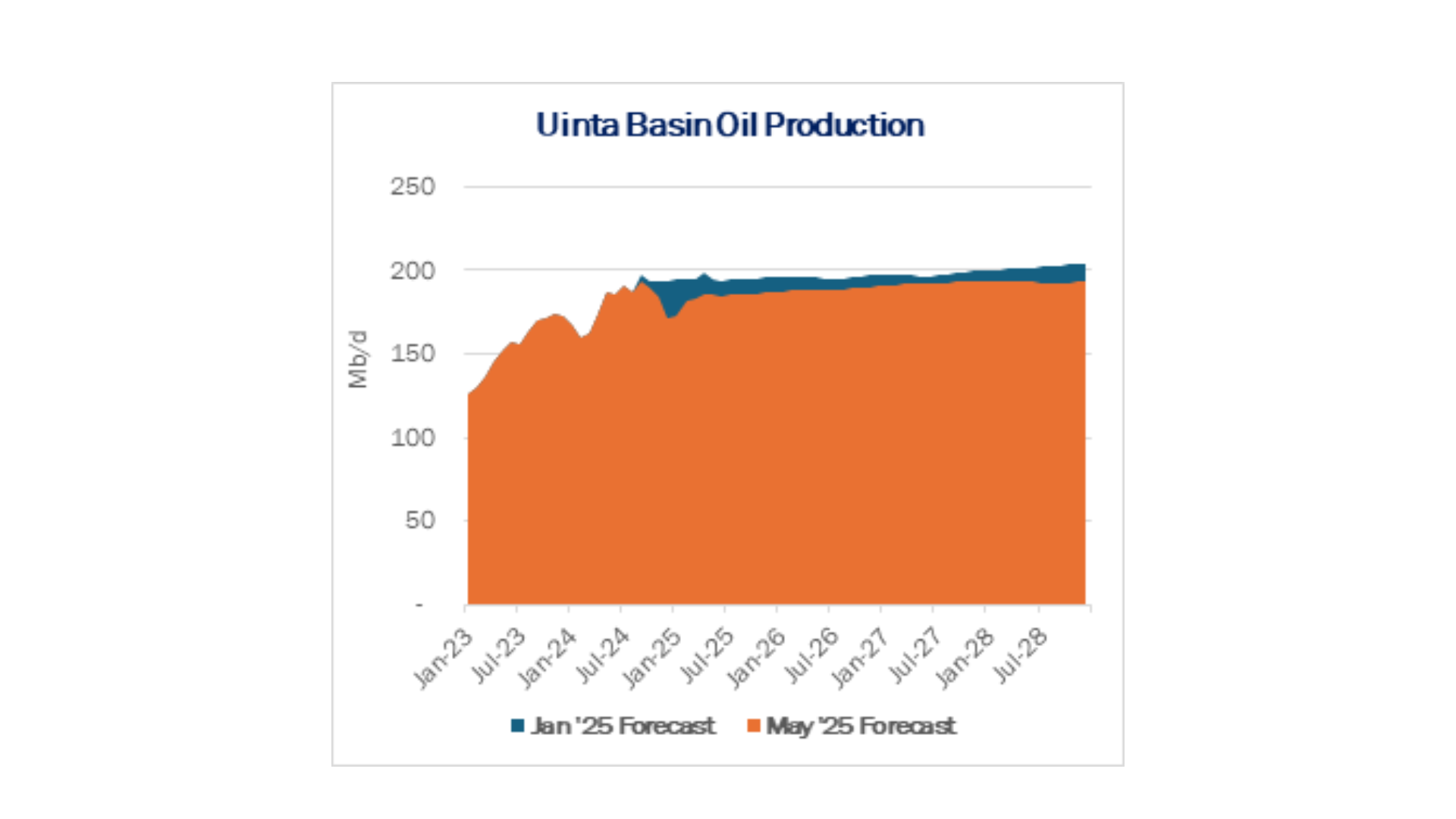
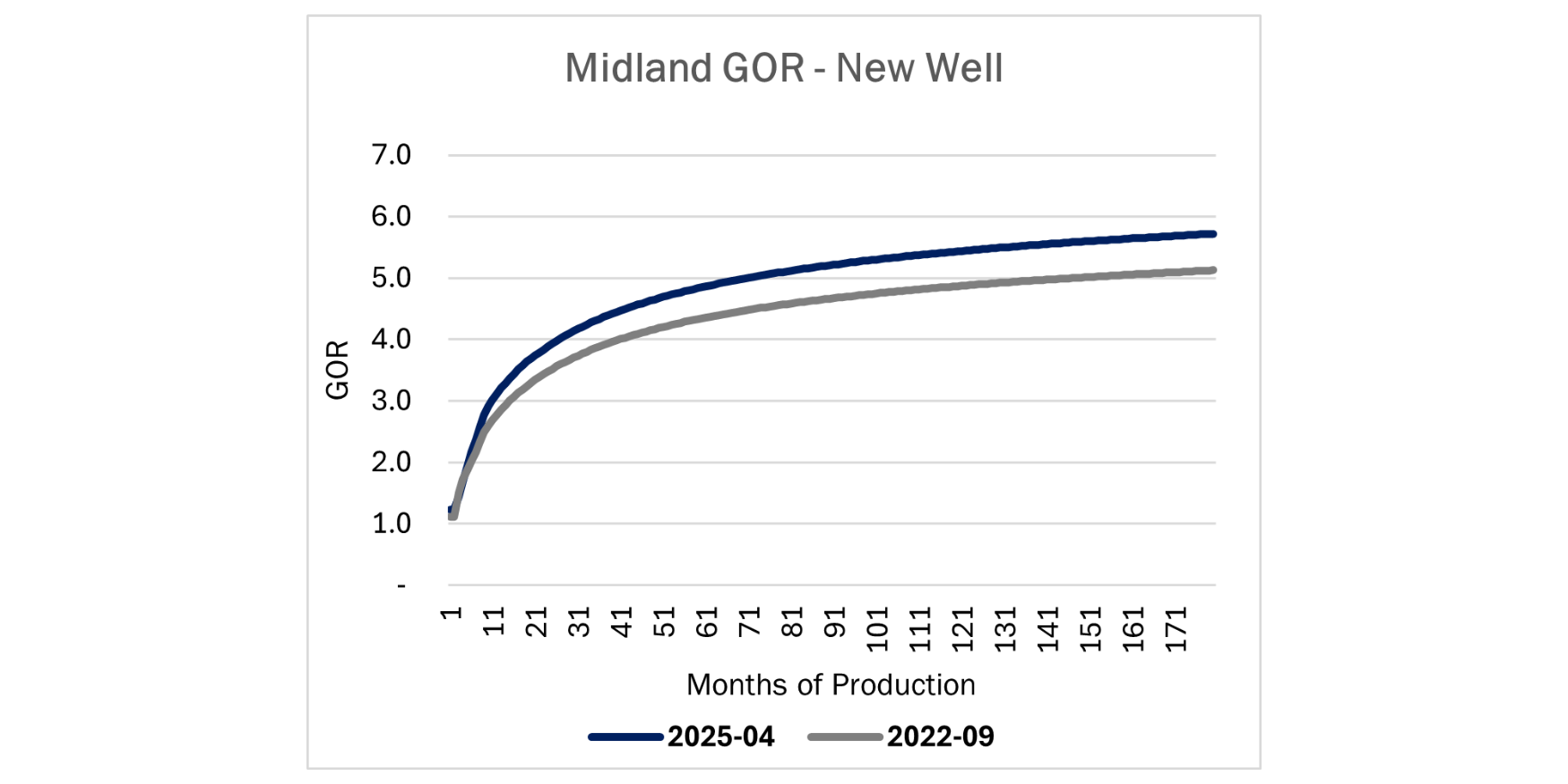
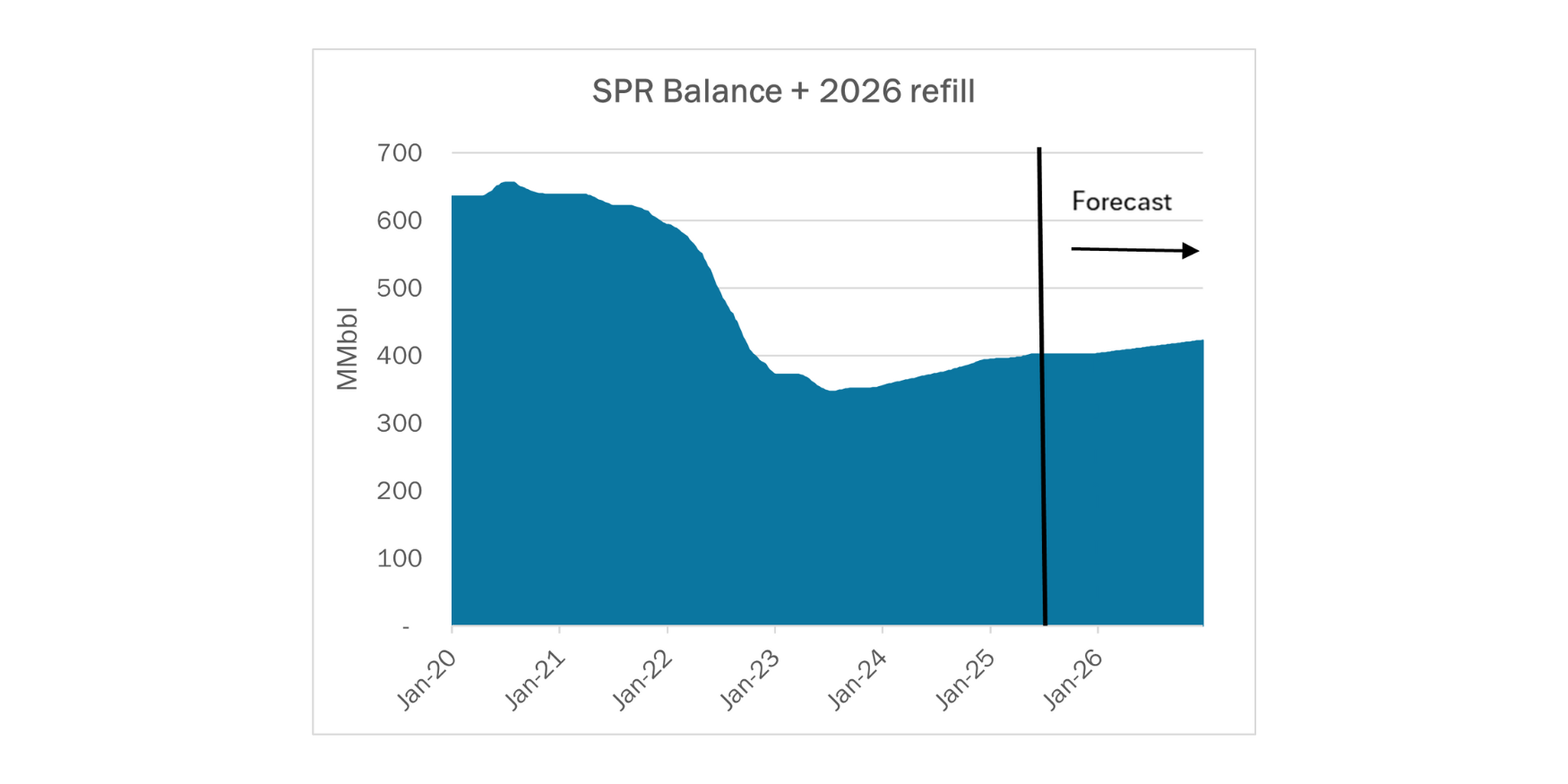




-1.png)